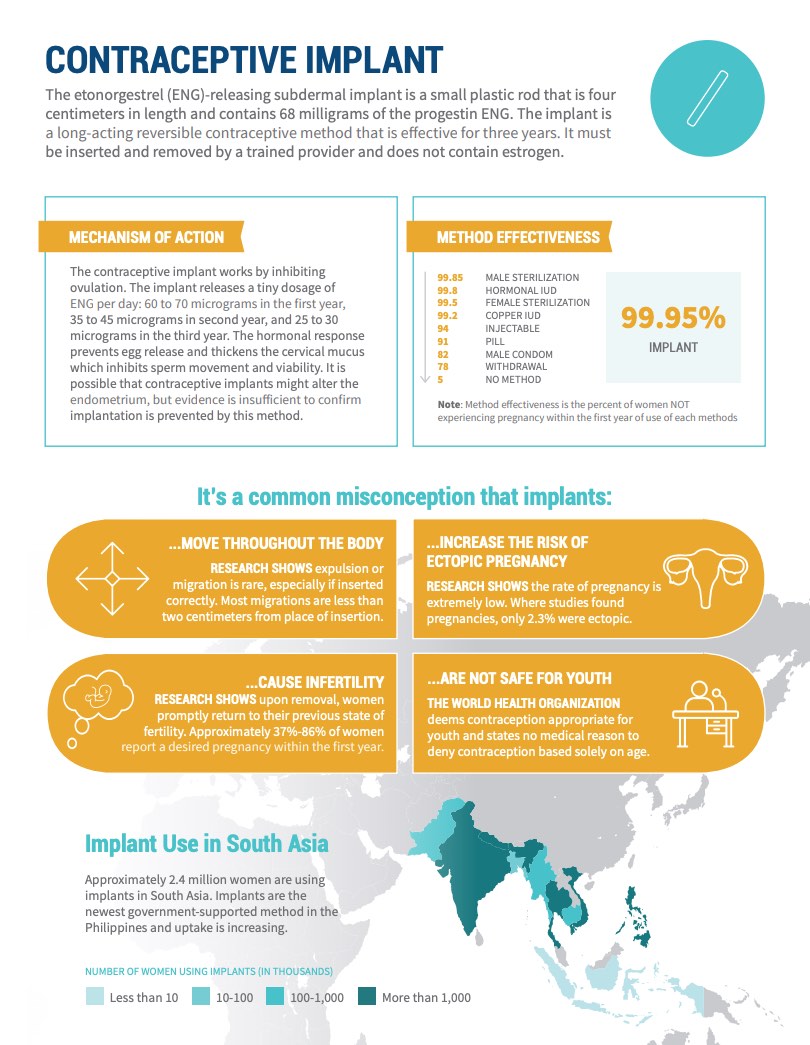What Are the Challenges to Conducting Abortion-Related Research in the United States?
Two years after the Dobbs decision, researchers are using innovative methods to answer questions about women’s reproductive health.

Two years after the Dobbs decision, researchers are using innovative methods to answer questions about women’s reproductive health.

Project: Supporting Population Evidence and Champions in Africa (SPEC)
Ethiopia, with a current population of about 100 million, has achieved gains in several major health indicators.
(2007) We entered the 20th century with a population of 1.6 billion people. We entered the 21st century with 6.1 billion people. And in 2007, world population is 6.6 billion.
(2003) Reaching age 100 has long fascinated society. The century mark holds an almost mystical importance as a seal of hardiness and good health — the sign of a life well-lived.
(2003) In only 20 years, HIV/AIDS has developed into the most devastating epidemic the world has faced. Forty million individuals worldwide live with HIV/AIDS and millions more individuals, families, children, and communities affected by HIV/AIDS face multiple challenges.1 Yet while many countries continue to experience increasing HIV prevalence rates, Cambodia appears to be making progress.
(2010) Family planning is one of the most cost-effective health interventions in the developing world.
(2010) Family planning empowers women and can save their lives. It can also help reduce poverty, slow population growth, and ease pressures on the environment.

What information does a census collect? The answer depends on when and where in time the census was taken.

Project: Empowering Evidence-Driven Advocacy
The etonorgestrel (ENG)-releasing subdermal implant is a small plastic rod that is four centimeters in length and contains 68 milligrams of the progestin ENG. The implant is a long-acting reversible contraceptive method that is effective for three years. It must be inserted and removed by a trained provider and does not contain estrogen.
(2015) Women’s participation in government gives them a direct say in the policies, laws, and regulations that affect their lives. Canada, for the first time in its history, has achieved gender parity in the federal cabinet: Newly elected Prime Minister Justin Trudeau divided the cabinet posts evenly between men and women—15 each—and made news headlines. When asked to explain his decision, Trudeau told reporters: “Because it’s 2015.”1